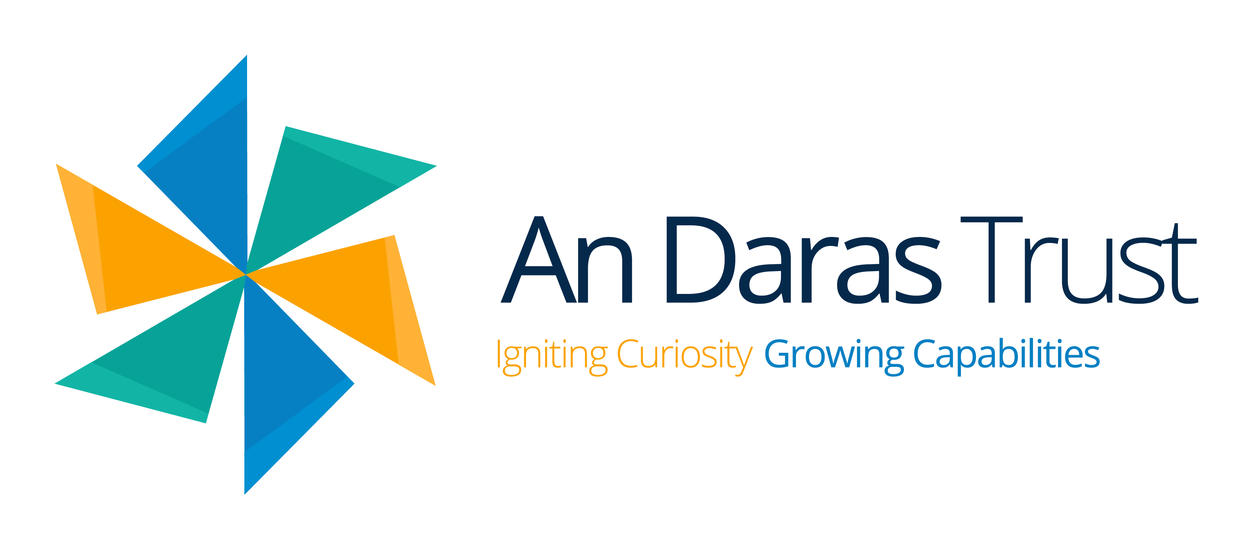Intent, Implementation and Impact Statement
Intent
At Lewannick, children receive a design and technology curriculum that encourages them to exercise their creativity through designing and making. The children are taught to combine the key skills they have learnt with their knowledge and understanding in order to create purposeful, meaningful products. Skills are taught progressively to ensure that all children can develop and build confidence as they move through the school. Evaluation is an integral part of the design process, encouraging children to reflect on their work, adapt their ideas, and make improvements—a valuable skill they will use throughout life.
We aim to provide opportunities for children to apply learning from other subjects, particularly Maths, Science, and Art, in their DT projects. Cross-curricular links through themed learning help ensure motivation and meaning, capturing children’s interests and making learning relevant.
Our DT curriculum is built around our school values:
- Ambition – children are encouraged to strive for high-quality outcomes, take pride in their work, and aim to exceed expectations.
- Creativity – children explore different materials, techniques, and approaches to problem solving.
- Relationships – collaboration, teamwork and considering the needs of others are central to the design process.
We also develop our key learning behaviours:
- Resilience – children learn to persevere when faced with challenges in their design or making processes.
- Resourcefulness – they are encouraged to think critically, use a range of tools and materials, and make independent decisions.
- Reflectiveness – pupils continually assess and evaluate their ideas and outcomes, learning from both mistakes and successes.
Implementation
Our whole curriculum is shaped by our school vision—to enable all children, regardless of background, ability, or additional needs, to flourish and become the very best version of themselves.
The Design and Technology National Curriculum sets out the three main stages of the design process: design, make, and evaluate. Each of these is underpinned by technical knowledge, including contextual, historical, and practical understanding. Cooking and nutrition is a separate but vital strand, focusing on key food skills, nutrition, and seasonality.
We have identified six key areas in our curriculum, including cooking and nutrition, which children revisit regularly. These areas follow a spiral curriculum structure—key concepts are revisited and built upon with increasing depth and complexity as children progress through the school.
These are Lewannick’s Key Strands.
Cooking and nutrition is given a particular focus in the National curriculum and we have made
this one of our six key areas that pupils revisit throughout their time at Lewannick.
Children respond to real design briefs and scenarios that encourage empathy, creativity, and purposeful innovation. Each project follows the design process and focuses on a particular aspect of technical knowledge or nutrition.
Lessons incorporate a range of approaches, including individual, paired and group work, practical hands-on activities, computer-based tasks, and opportunities for invention and creativity. This variety ensures lessons are engaging, accessible, and appeal to different learning styles.
Differentiated guidance ensures all children can access the curriculum, while opportunities for stretch and challenge are built in. Knowledge organisers support pupils in building subject-specific vocabulary and knowledge.
Throughout the curriculum, our school values and learning behaviours are embedded: pupils show ambition in their aspirations, creativity in their designs, and strengthen relationships through collaboration. They demonstrate resilience during practical challenges, resourcefulness when solving problems, and reflectiveness when evaluating their work.
Impact
The impact of our Design & Technology curriculum is constantly monitored through both formative
and summative assessment opportunities. We use end of unit quizzes and ‘knowledge catchers’ to support assessments. After the implementation of our curriculum, pupils will leave school equipped with a range of skills to enable them to succeed in their secondary education and be innovative and resourceful members of society.
The impact of our Design and Technology curriculum is measured through ongoing formative assessment, as well as through end-of-unit knowledge catchers and quizzes. Teachers assess how well pupils are understanding concepts, applying skills, and developing creativity and problem-solving abilities.
By the time they leave Lewannick, pupils will be equipped with a wide range of skills, knowledge, and experiences to support them in secondary education and beyond. They will be able to think creatively, work collaboratively, and approach problems with confidence and innovation.
The expected impact is that children will:
- Understand the functional and aesthetic properties of a range of materials and resources
- Use and combine tools and processes effectively for shaping, decorating, and constructing products
- Build a strong repertoire of skills, knowledge, and understanding to create high-quality outcomes, including models, prototypes, CAD, and products
- Apply principles of healthy eating, diet, and nutrition, and understand where food comes from
- Appreciate the contributions of key individuals, inventions, and events in DT history
- Understand how design decisions can impact wider community, social, and environmental issues
- Reflect on their work, self-evaluate at different stages, and identify areas for improvement
- Meet end-of-key-stage expectations in the National Curriculum for Design and Technology
- Meet relevant expectations in the National Curriculum for Computing
Above all, pupils will leave us as confident, curious learners—ready to approach future challenges with ambition, creativity, and strong relationships, supported by resilience, resourcefulness, and reflectiveness.




